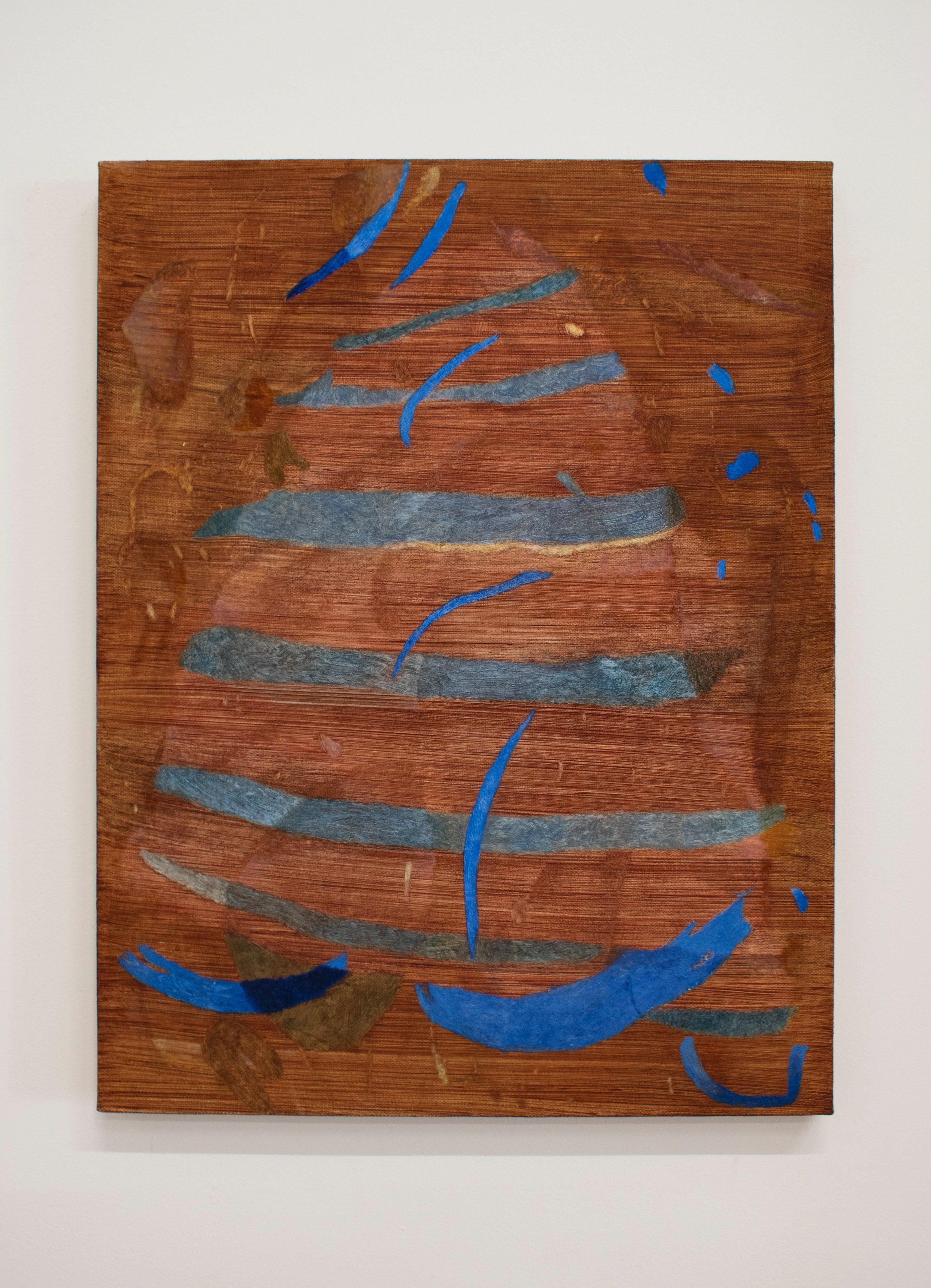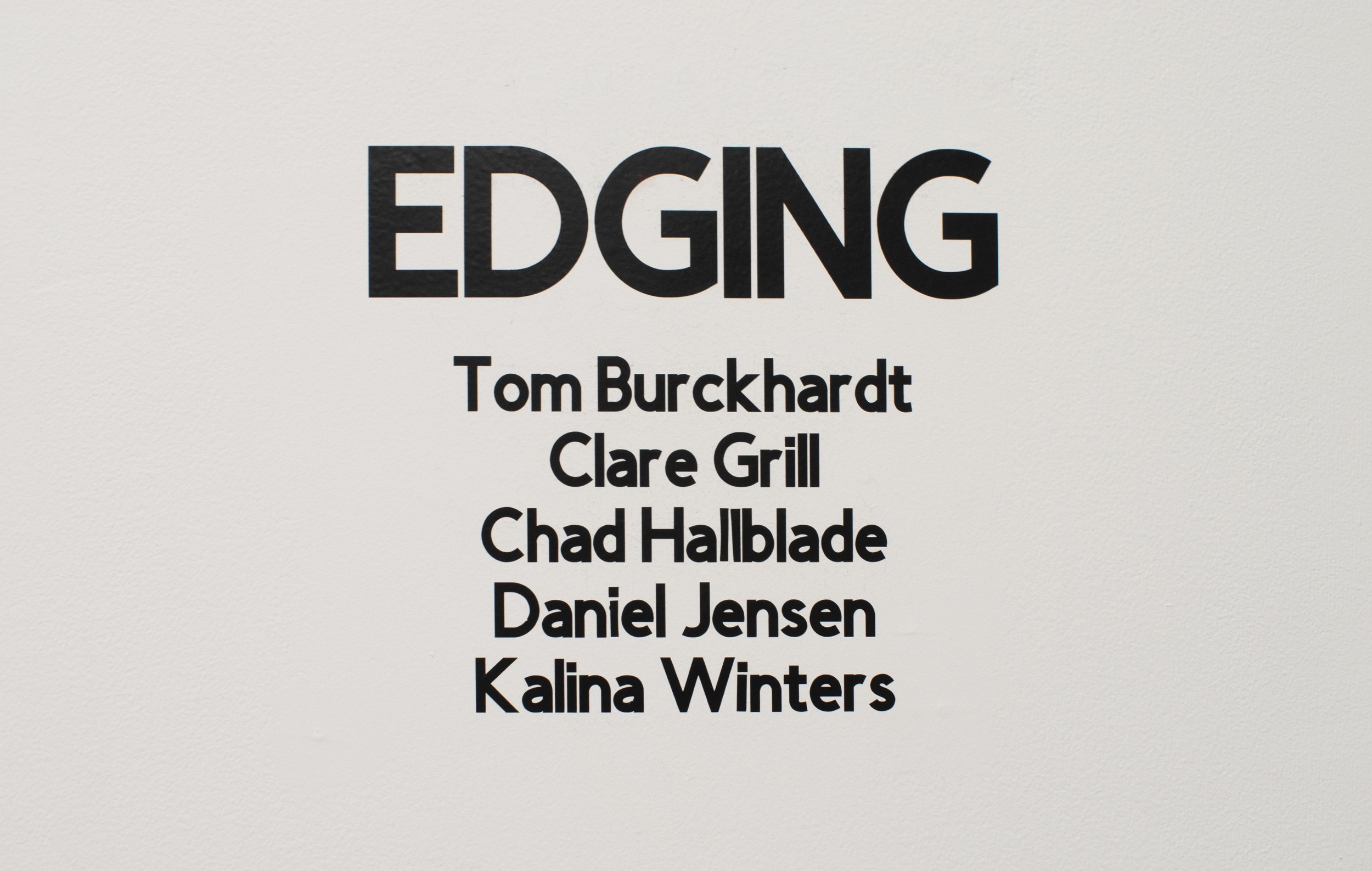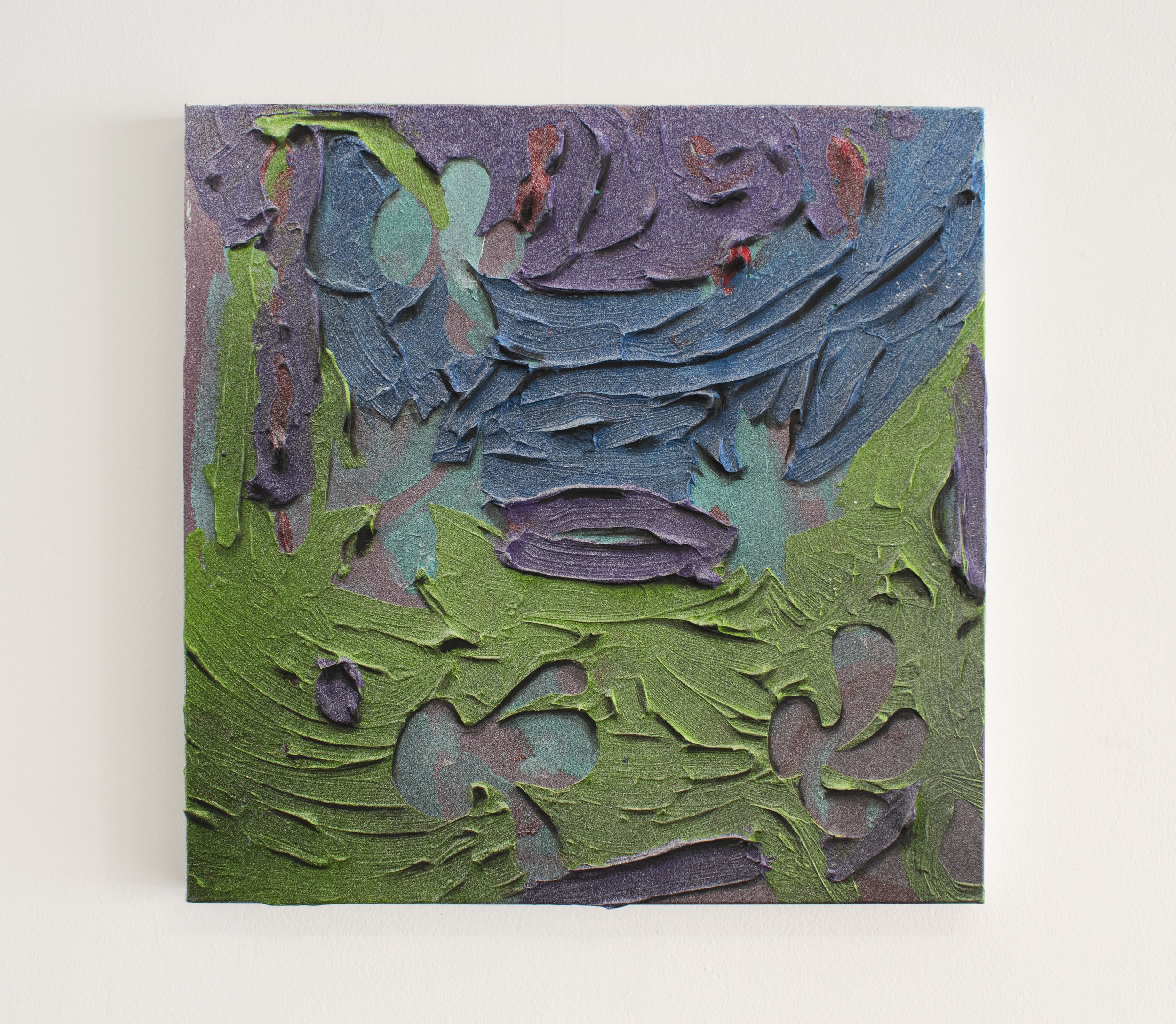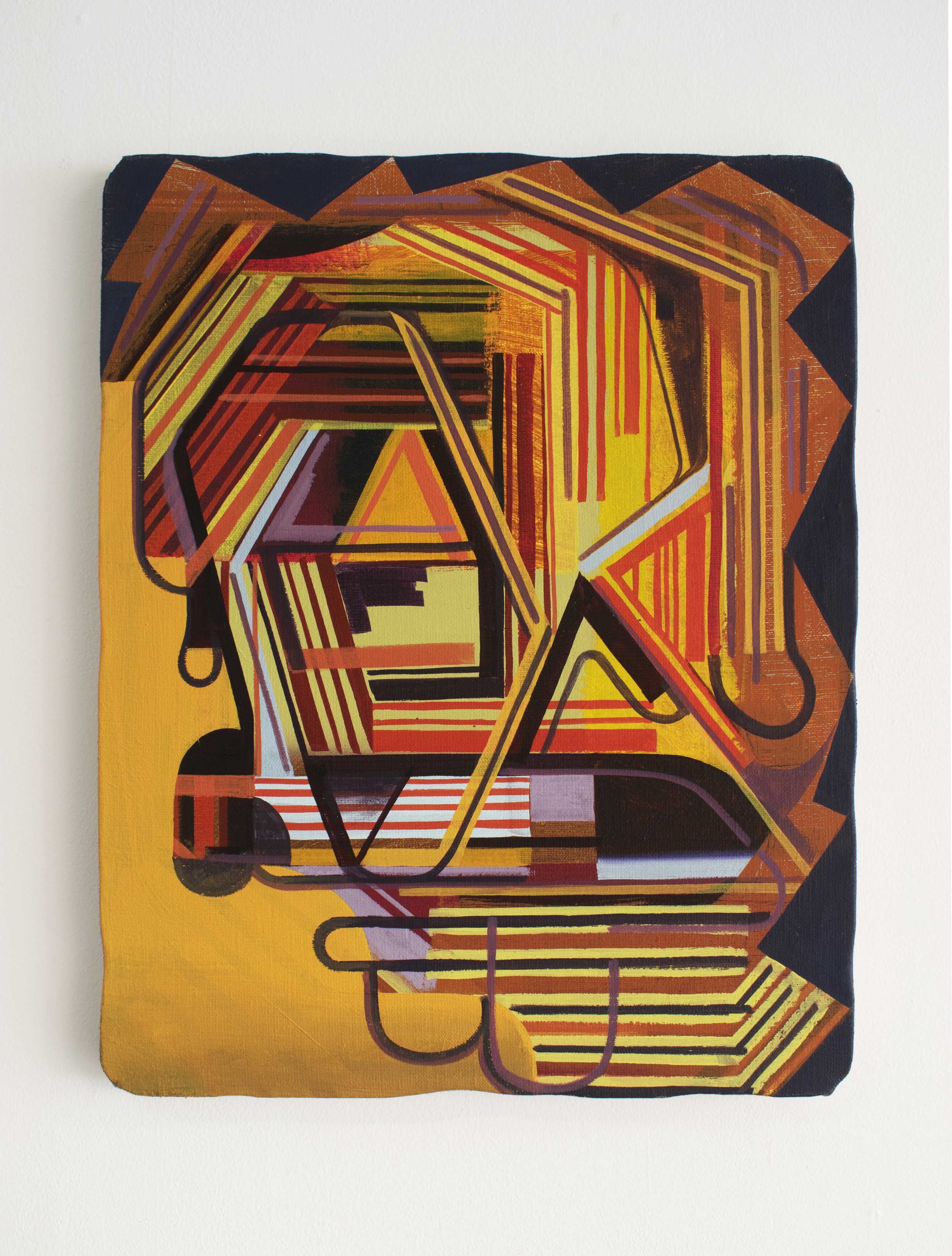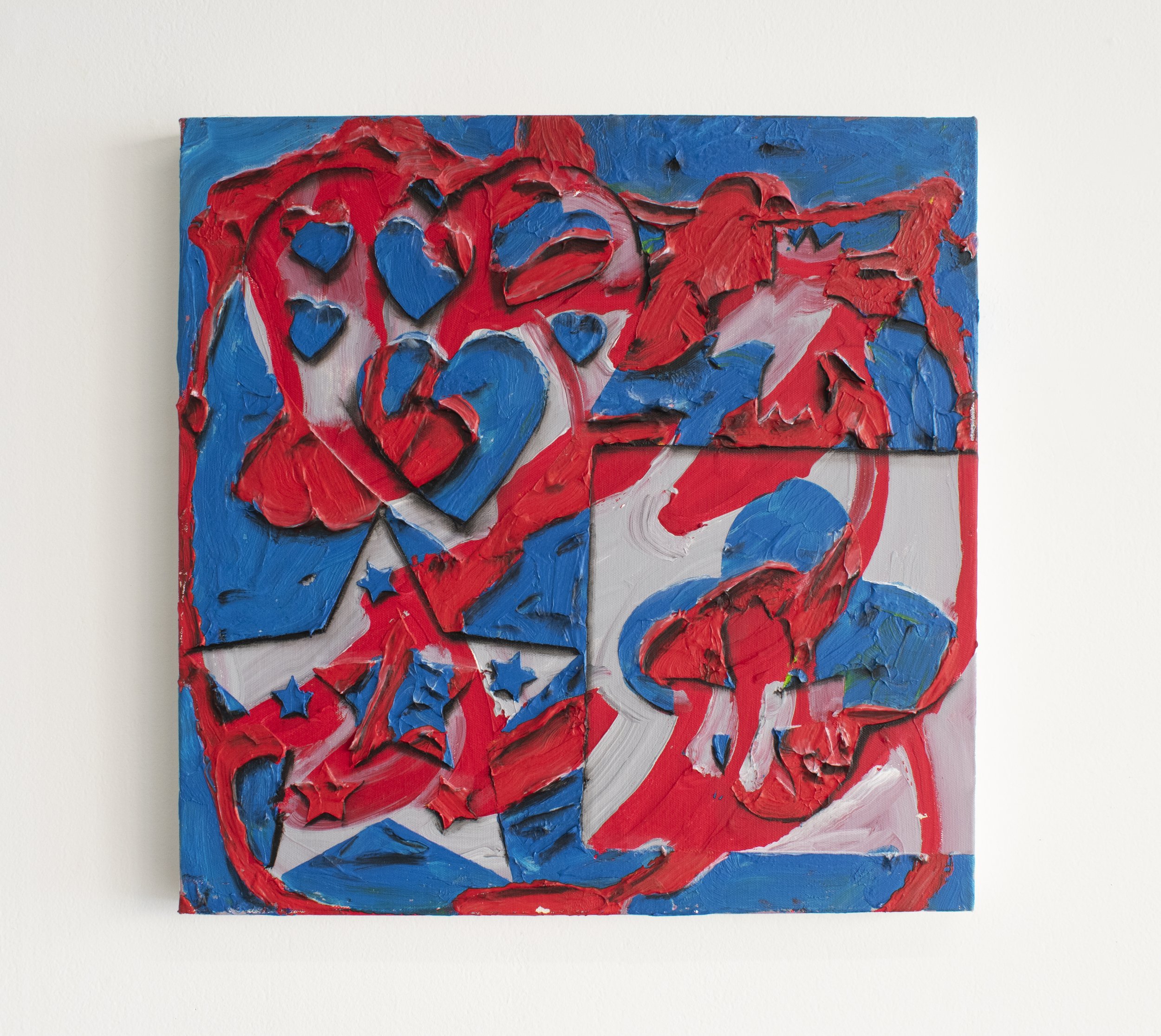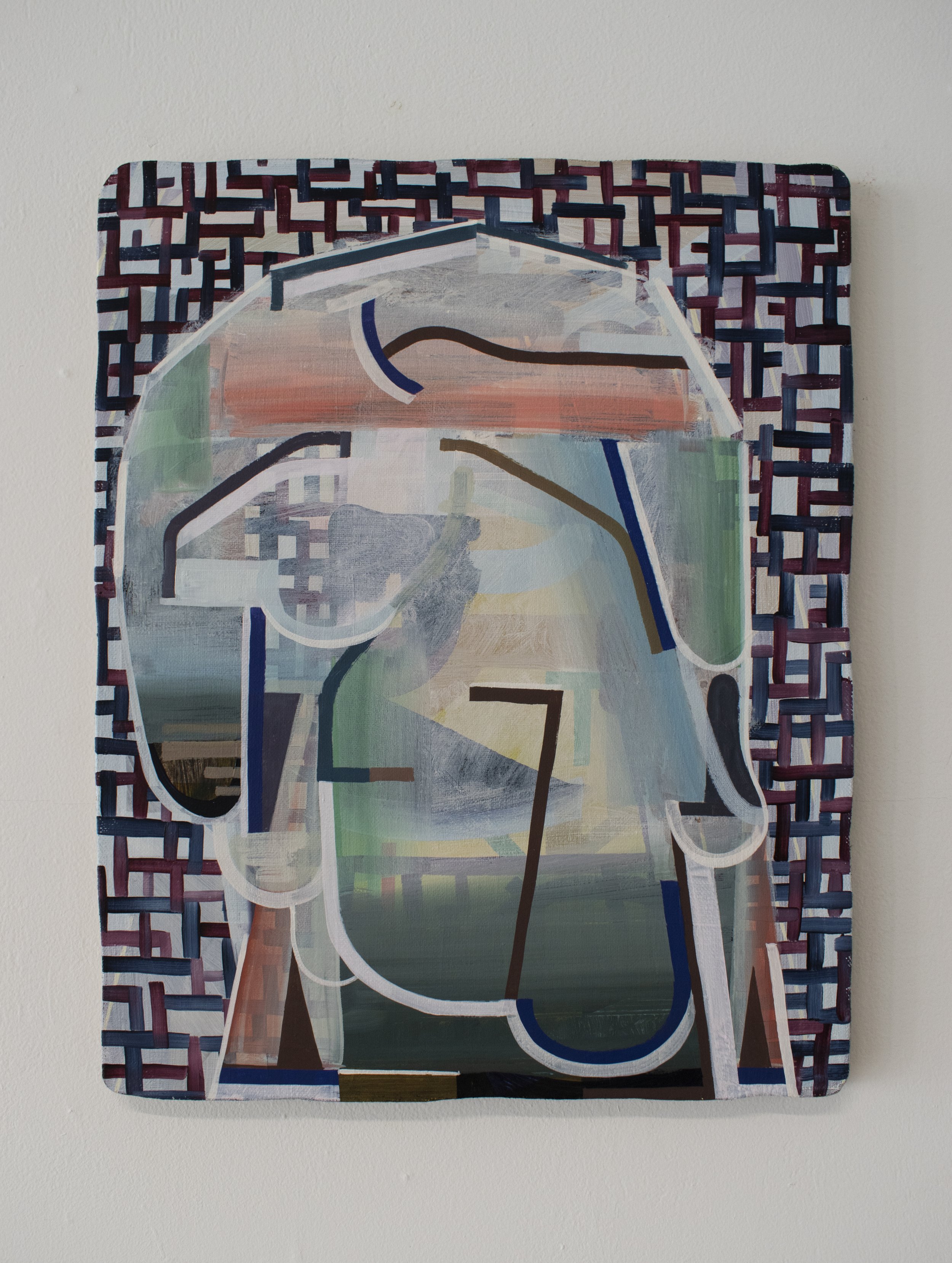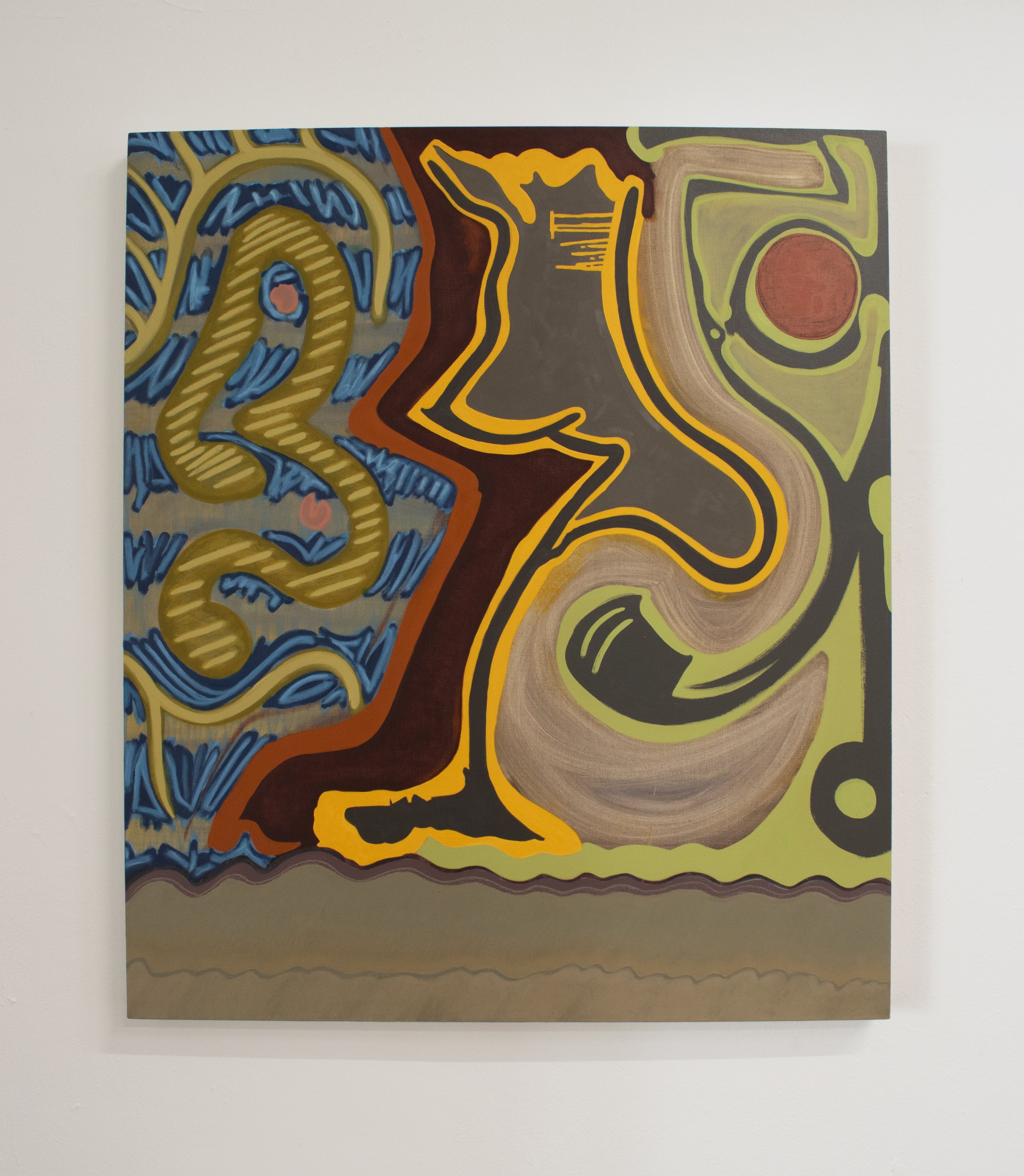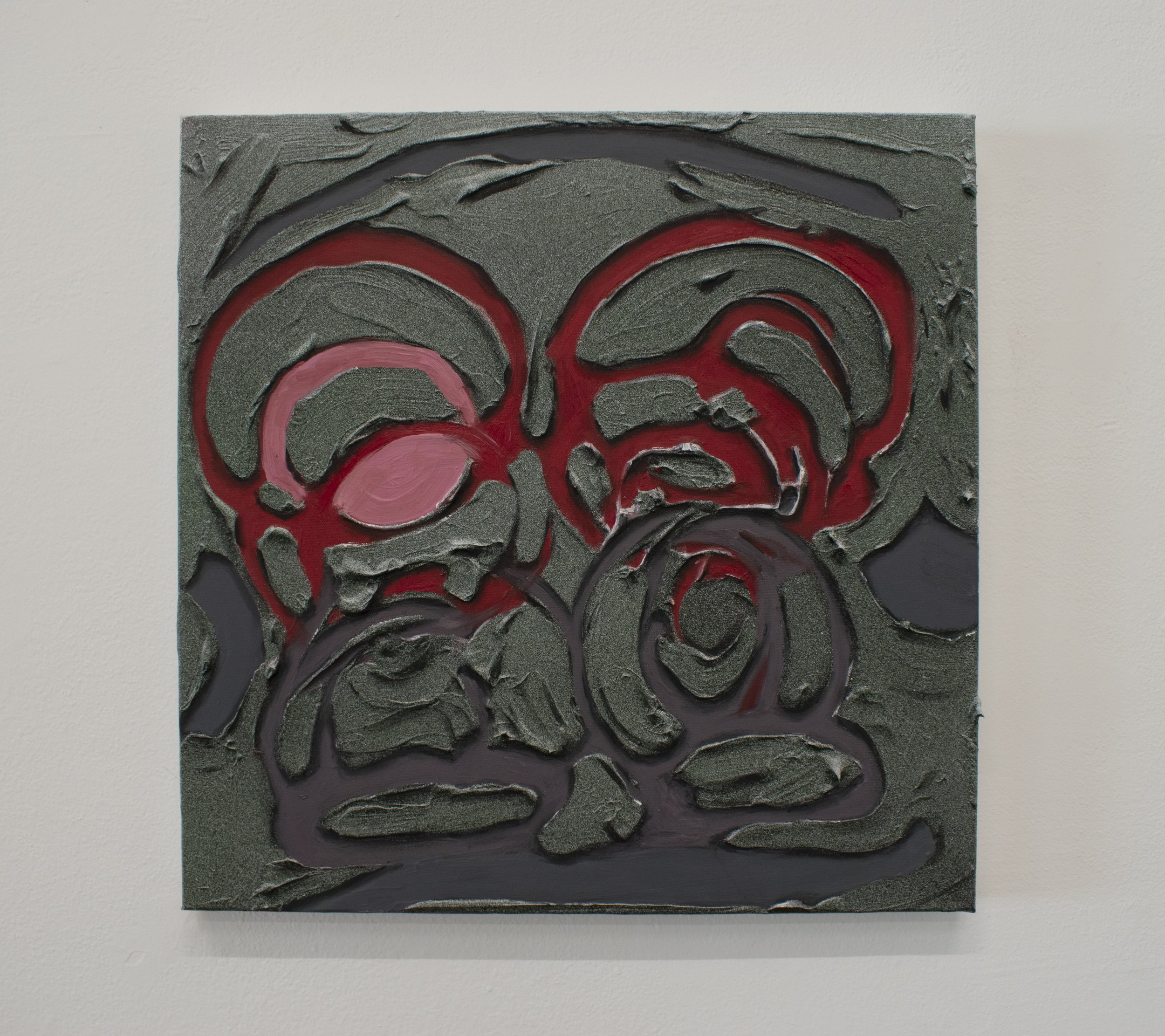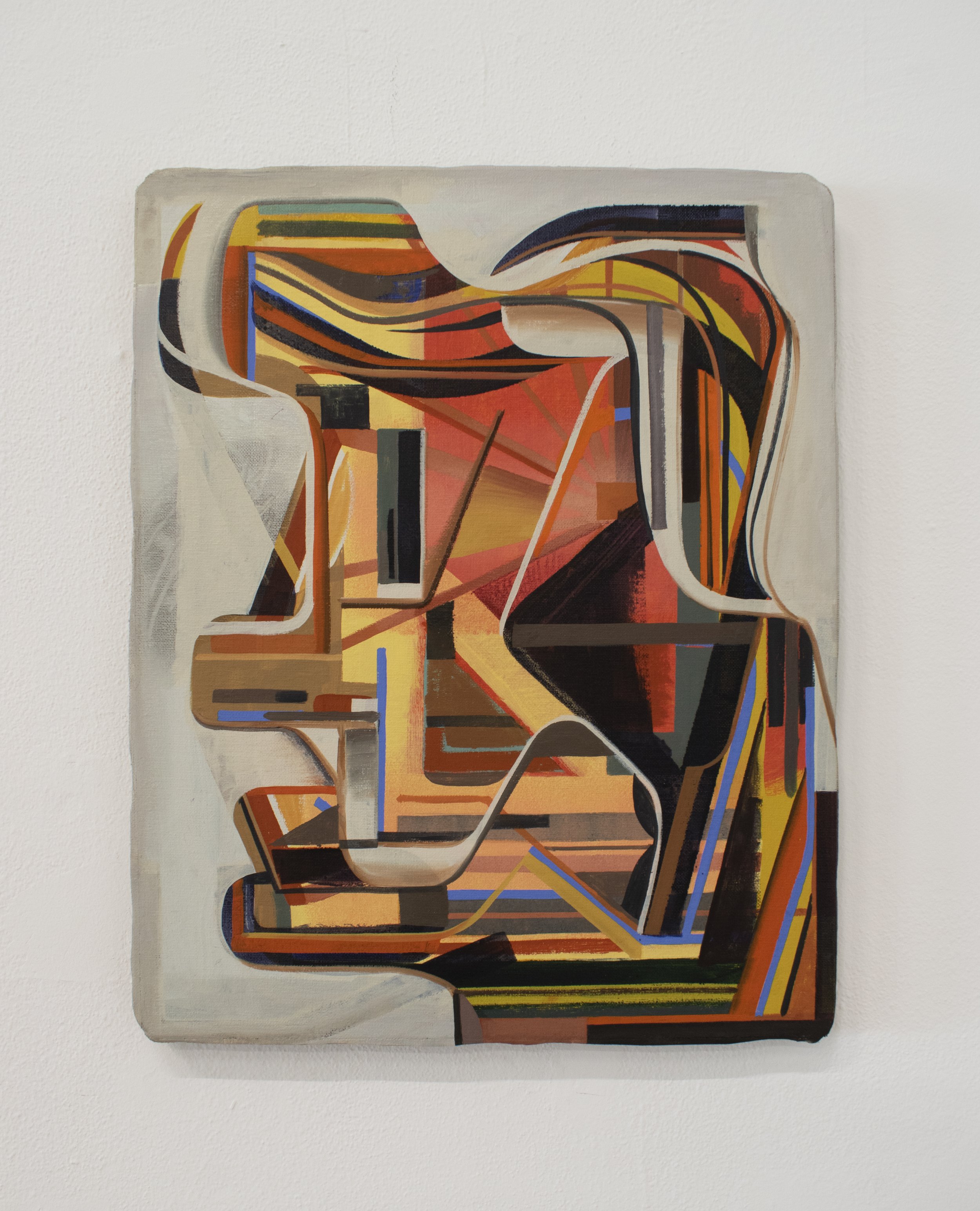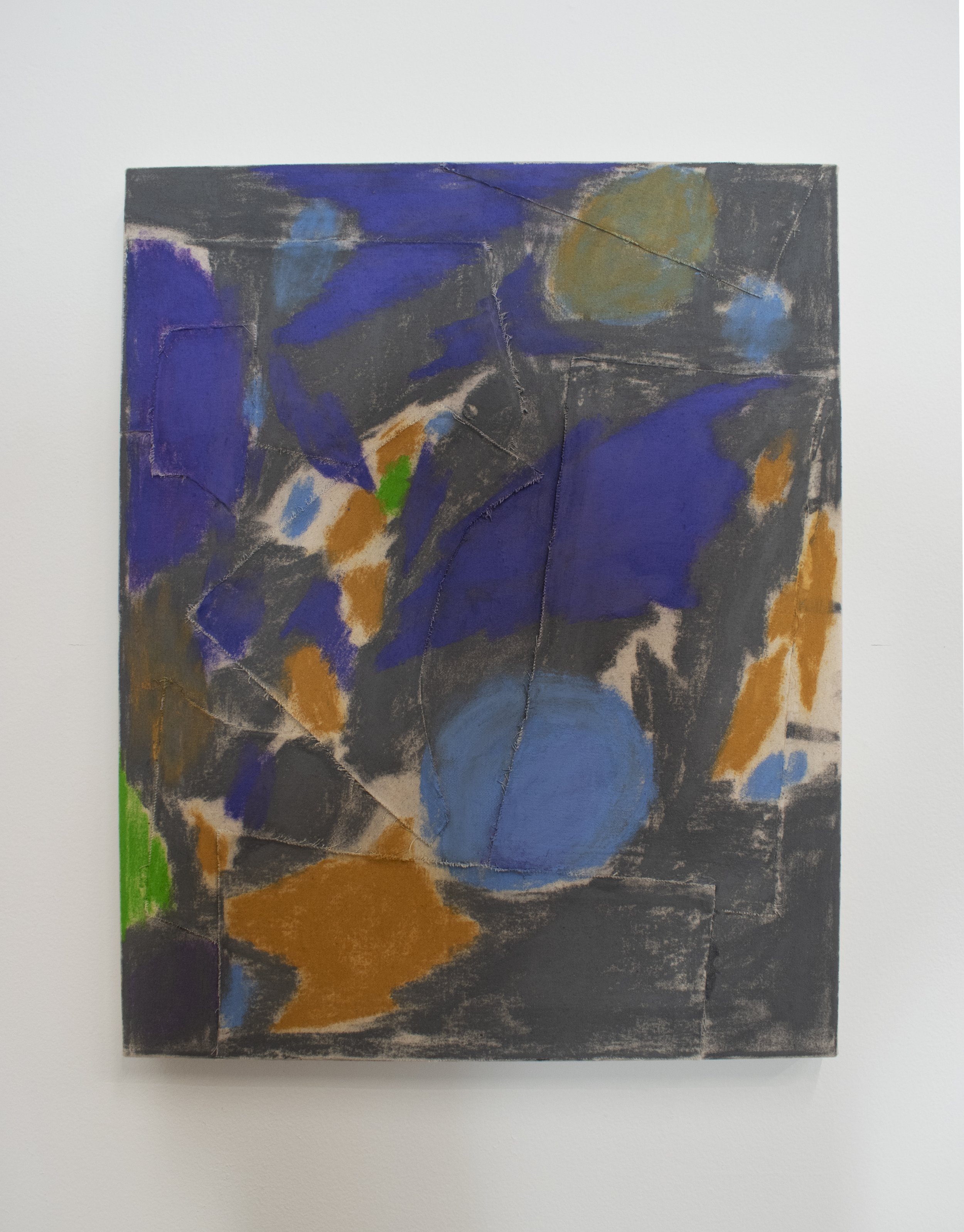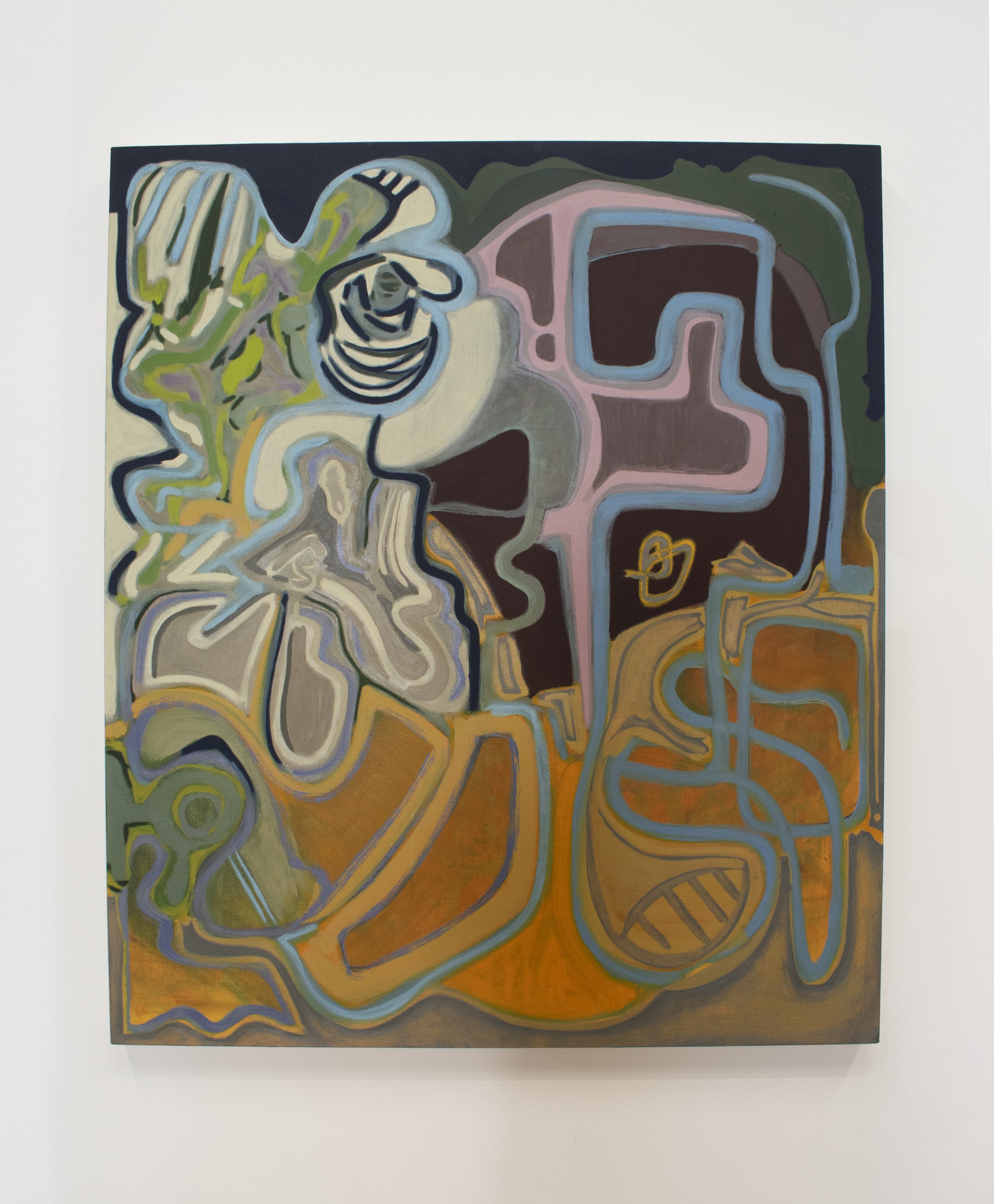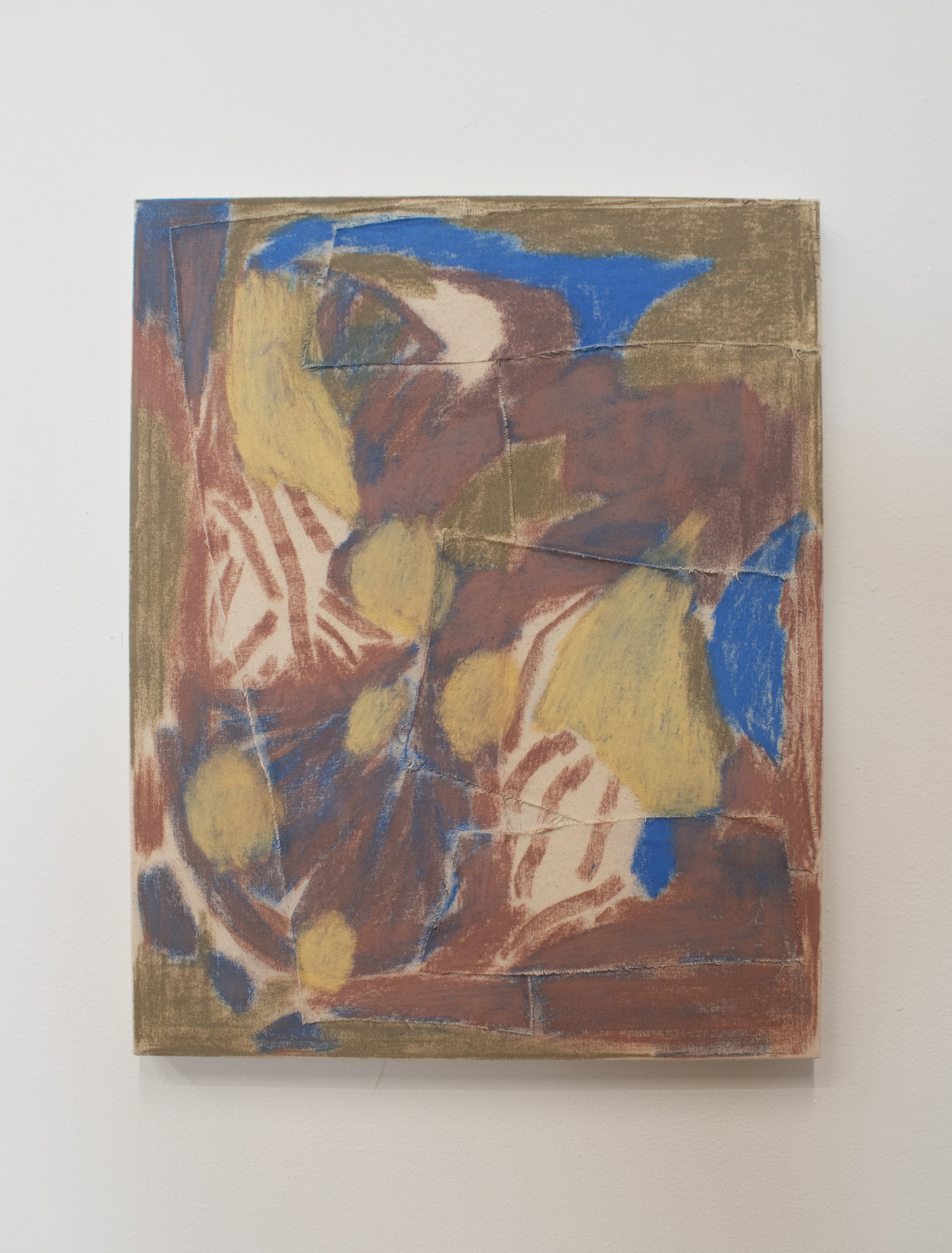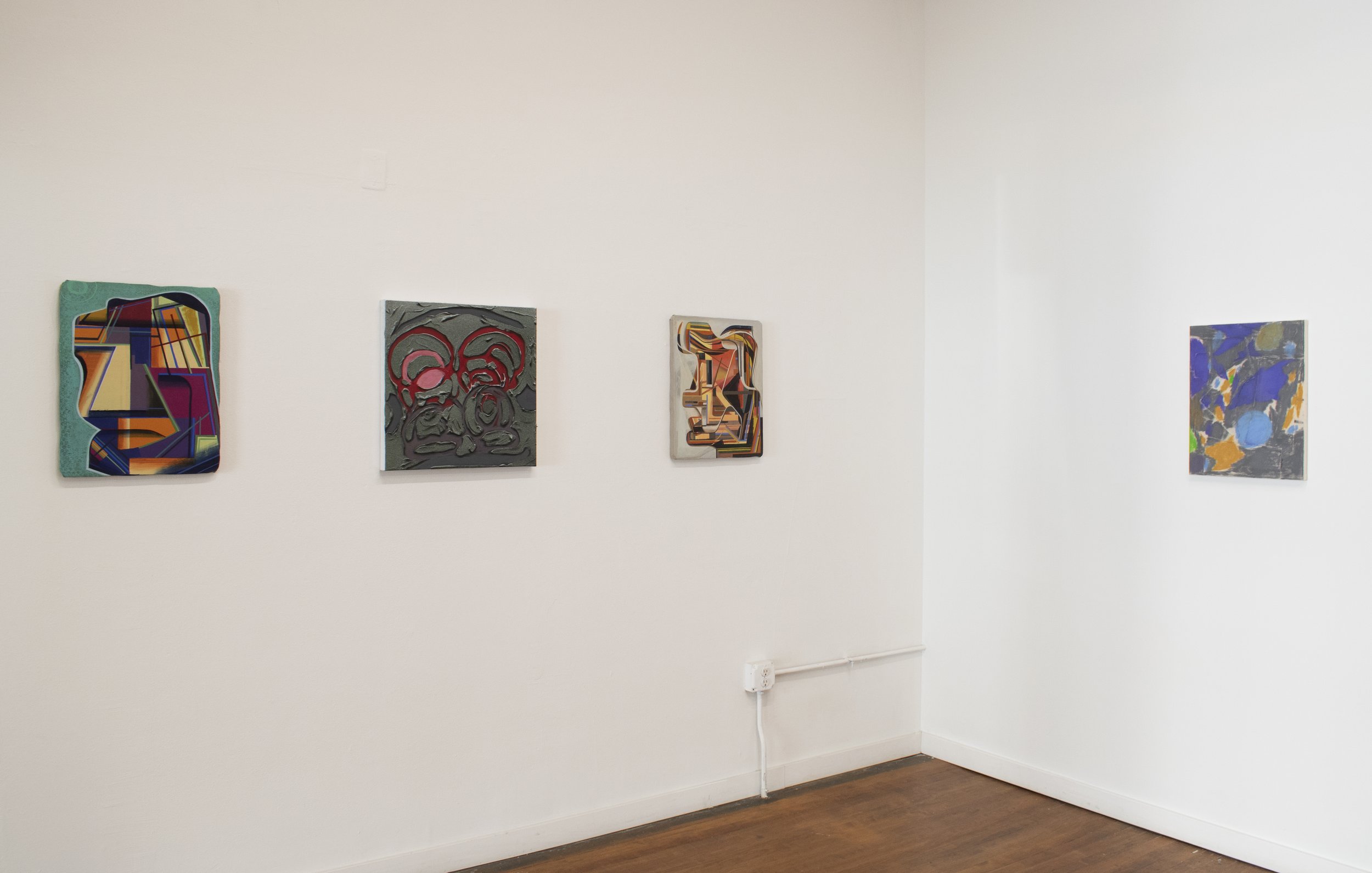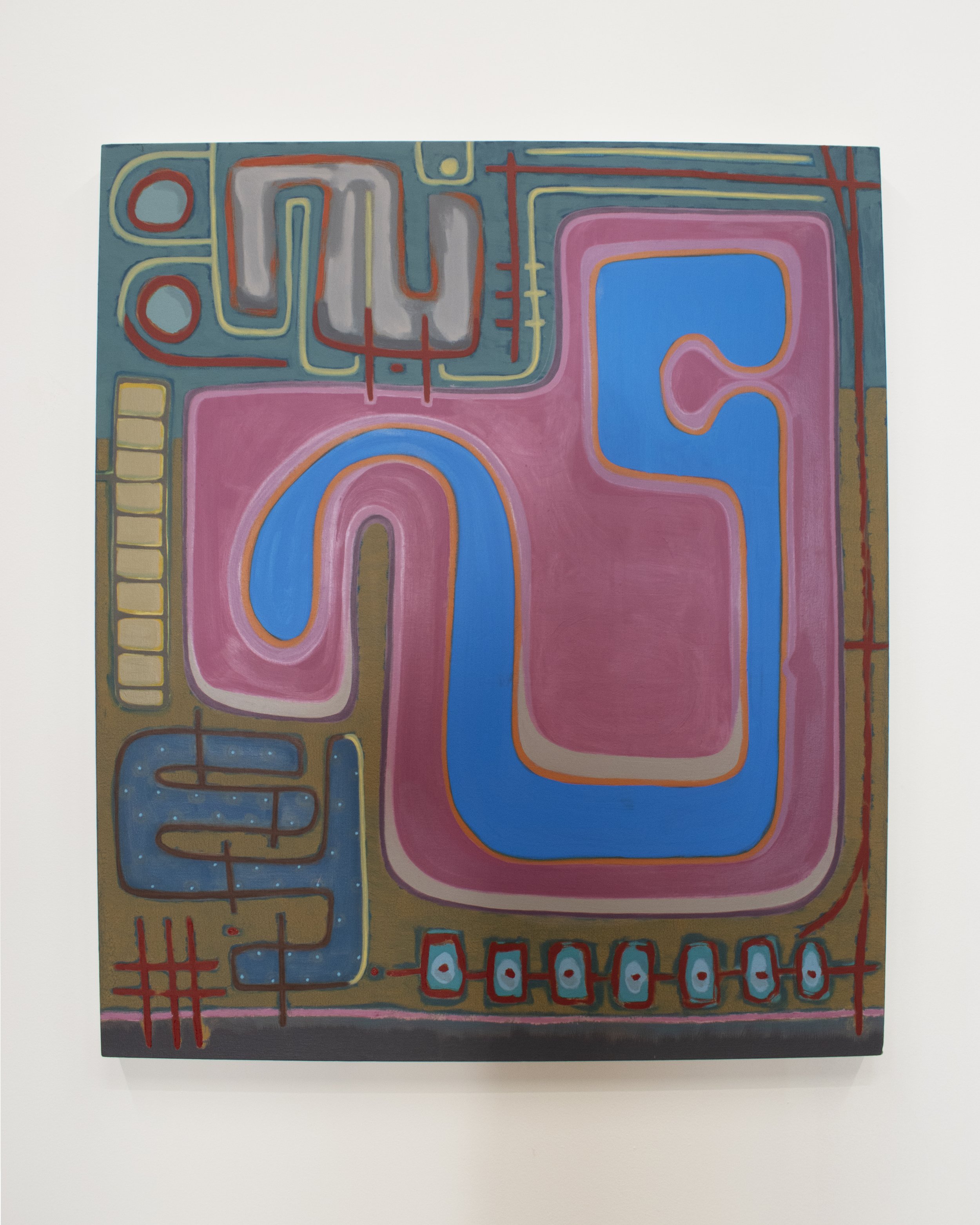Art historian T.J. Clark wrote in his glorious account of 19th century art, The Painting of Modern Life that: “Art seeks out the edges of things, of understanding; therefore its favourite modes are irony, negation, deadpan, the pretense of ignorance or innocence. It prefers the unfinished : the syntactically unstable, the semantically malformed. It produces and savours discrepancy in what it shows and how it shows it, since the highest wisdom is knowing that things and pictures do not add up.”
Clark’s text states what many of us know intuitively: that the closer an expression moves toward a state of total objective understanding, the more it moves away from the realm of what we’d consider to be “art.”
“Edging” features work that inhabits this fertile margin of ambiguity. The work in the show exists on the verge of resolution, either toward some place in the known universe, or toward one beyond or behind it. As Clark would surely agree, being on verge of consummation, resolution, or understanding, without ever finally arriving, provides the most meaningful of tensions. “Edging” has implications in tawdrier realms, but there too the metaphor holds, as it is only in the most fertile state between potential and consummate that we can possess all possibilities simultaneously in our minds.
Artists Tom Burckhardt, Clare Grill, Chad Hallblade, Daniel Jensen, and Kalina Winters each inhabit these ‘syntactically unstable spaces’ in their own unique way. Together their work edges impossibly closer to a conclusion but that will never quite come.
